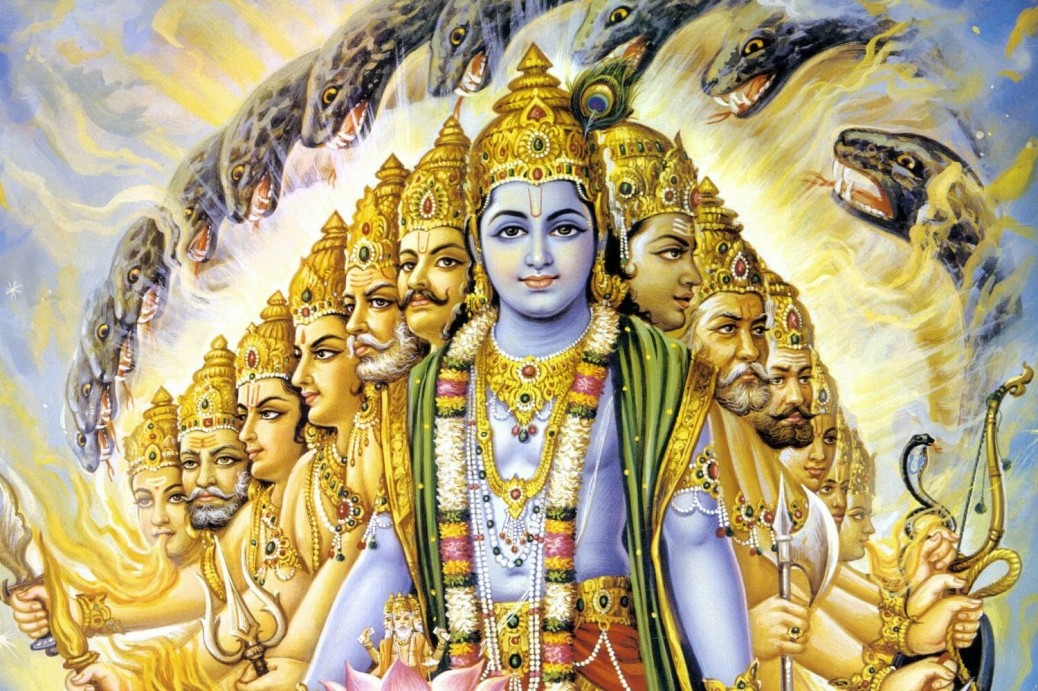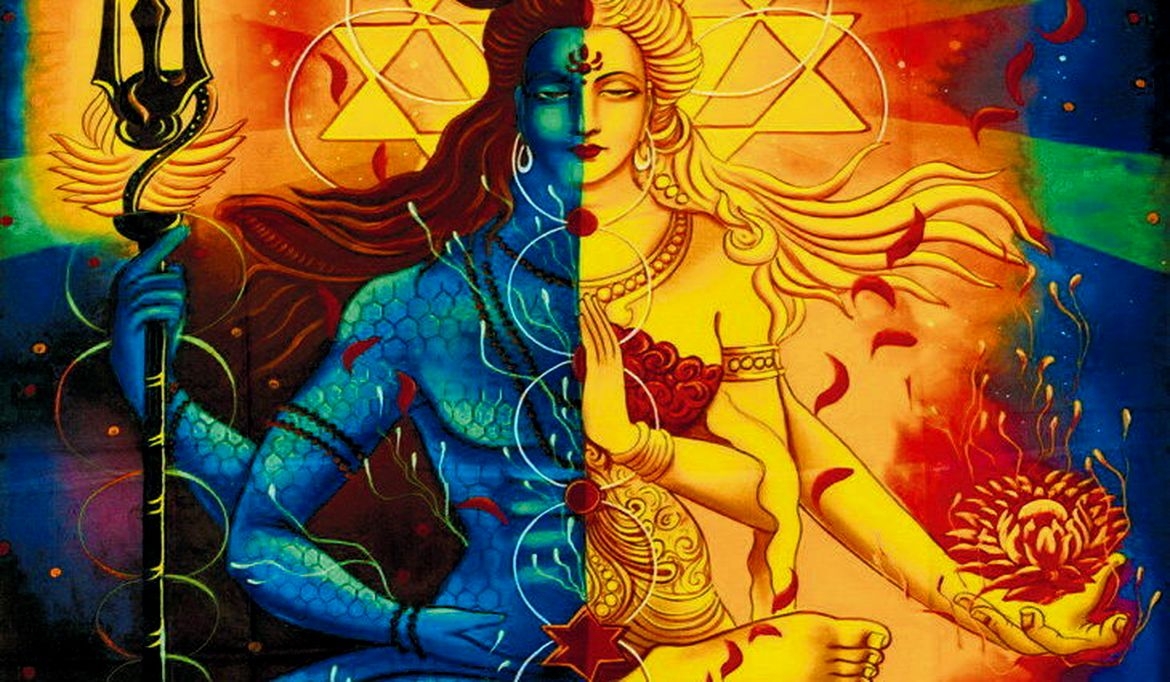Ultimate Question – In Gita Verse 18.22 And that knowledge by which one is attached to one kind of work as the all in all, without knowledge of the truth, and which is very meagre, is said to be in the mode of darkness.
In Bhagavad Gita Verse 18.22, Krishna emphasises that knowledge which is attached solely to one type of work, devoid of truth and limited in scope, is considered to be in the mode of darkness. This verse highlights the importance of seeking the Truth to overcome darkness.
The knowledge that is fixated on the physical body as the ultimate reality, lacking logic and depth, is known as tamas. Rajas, on the other hand, represents energy and movement, encouraging us to explore beyond our limited perspectives and see the interconnectedness of all beings.
As we continue to explore the layers of existence, we transition from the perception of separateness to the understanding of our unity with the universe. Just like waves may seem distinct on the surface of the ocean but are ultimately interconnected with the ocean itself, our journey from darkness to light brings us to the state of Sakshi, the observer beyond the three qualities.
Furthermore, beyond these three states lies Sakshi, also known as Turiya, the fourth state. It is important not to view essence as a final destination. Just as we see the ocean within the waves, the waves themselves remain visible. The transformation into the ocean has not yet occurred; rather, the ocean is reflected in the waves. The nameless is perceived within names, the formless within forms, yet the forms themselves remain visible. Beyond these three states, you are the observer.
At times, darkness may appear, only to dissipate and be replaced by a glimmer of light. This light expands the world, opening up new possibilities and revealing a multitude of experiences. Through many lifetimes of exploration, the realisation of essence deepens, the light intensifies, and a glimpse of unity amidst diversity begins to emerge. This observer, who transcends all three states, is the fourth state known as Gunateet.
The fourth state, Gunateet, transcends the limitations of the three qualities and offers a glimpse of the ultimate truth. This state of pure consciousness requires us to let go of all attachments and illusions, leading us to the realisation that we are the Truth itself.
The question “What is Truth?” is of utmost importance in our journey towards self-realisation. Though there may not be a definitive answer to this profound inquiry, exploring it thoroughly can guide us towards a direct encounter with truth. Truth transcends mere concepts or beliefs; it is the very essence of existence. It is the most significant question that can arise in anyone’s mind, yet it remains unanswered. The ultimate question, by its very nature, cannot have a clear answer; that is why it is considered the ultimate question.
Truth transcends all boundaries of religion, culture, and personal identity. It is the uninterpreted reality that lies beyond the realm of the mind. When we silence the mind and enter a state of thoughtless awareness, we can experience the truth directly within our own being.
Jesus’ silence in response to Pontius Pilate’s question “What is truth?” signifies the ineffable nature of truth that cannot be captured in words. Truth is not a thing to be defined or interpreted; it is the essence of what is.
To discover the truth, we must go beyond the limitations of the mind and enter a state of pure consciousness. Through meditation and introspection, we can transcend the noise of our thoughts and connect with the eternal truth that resides within us.
Krishna’s teachings urge us to deepen our inquiry into the nature of truth and challenge our preconceived notions. By embracing silence and stillness, we can uncover the truth that lies at the core of our being. The journey from darkness to light is a path of self-discovery and transformation, leading us to the ultimate realisation of our oneness with the universe.
Tags: Ultimate Question




